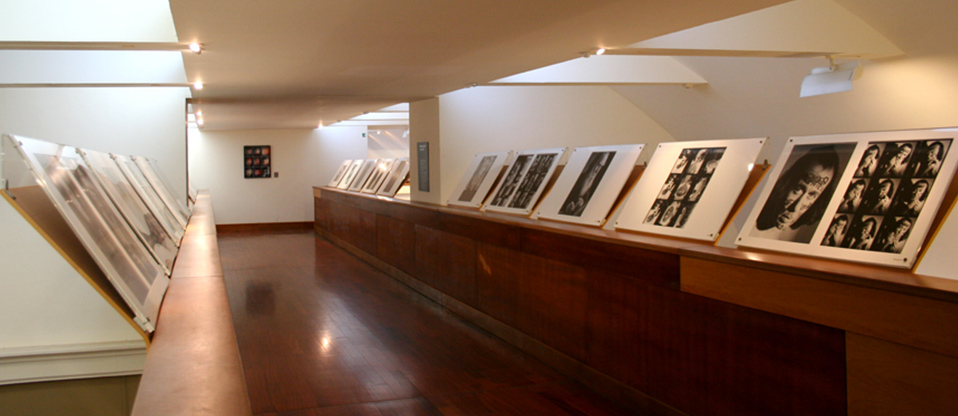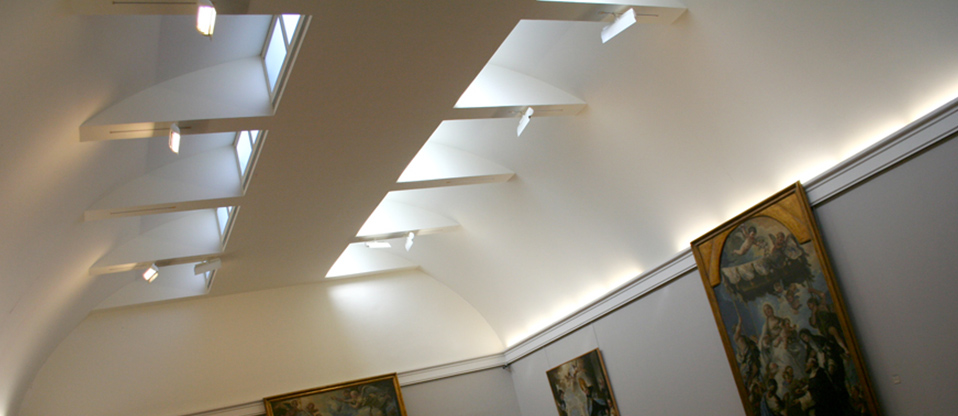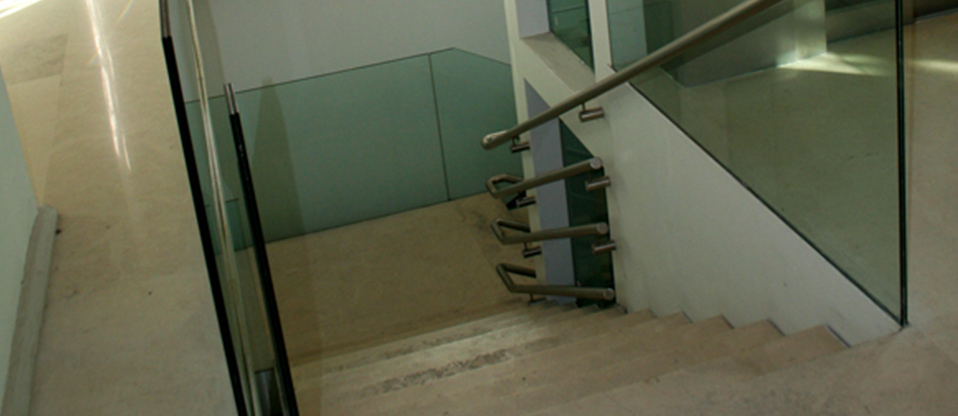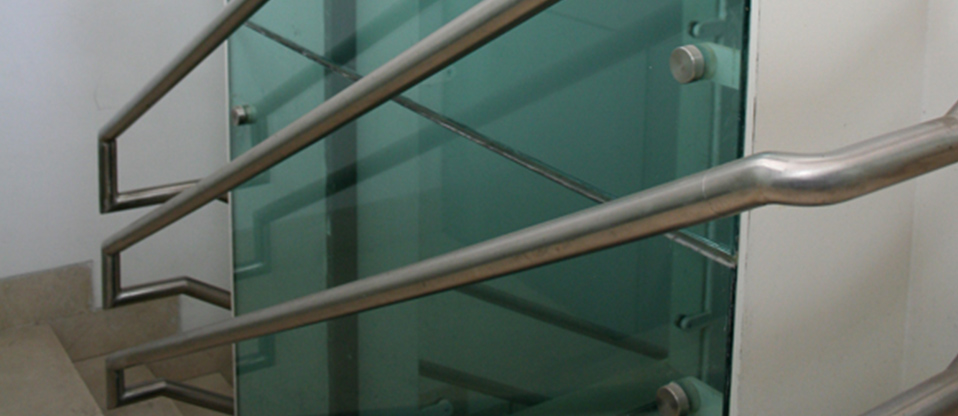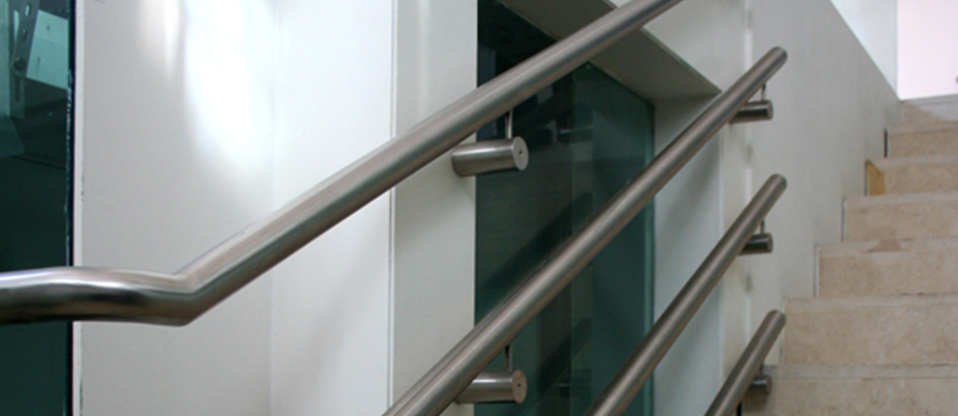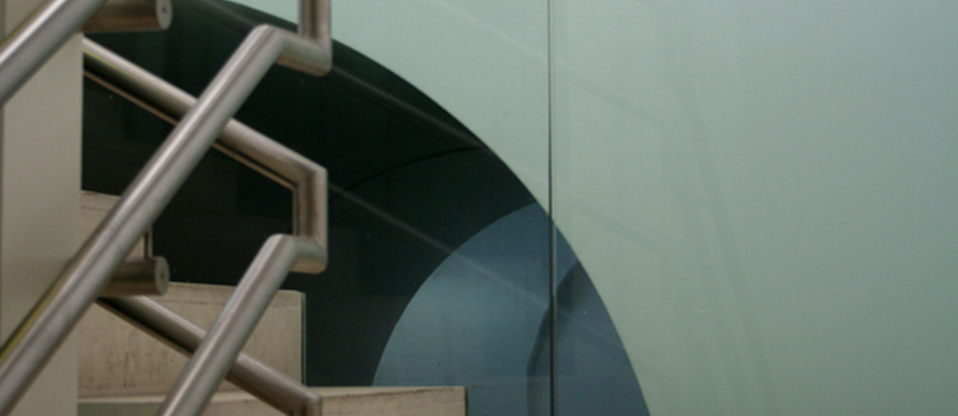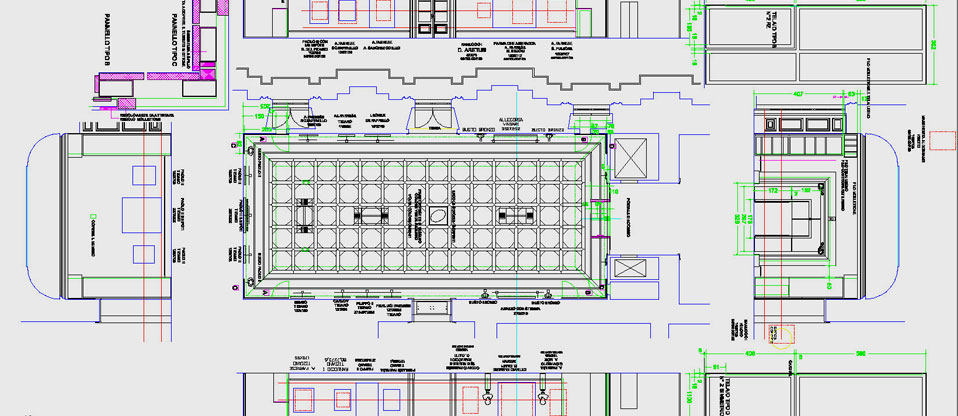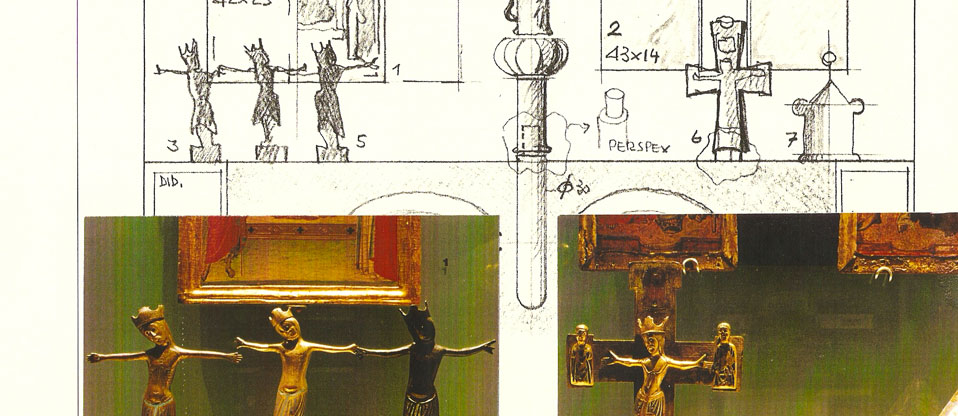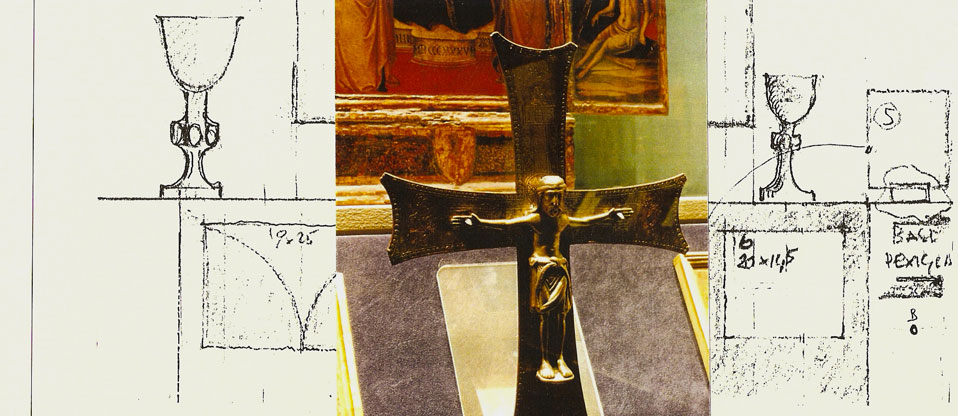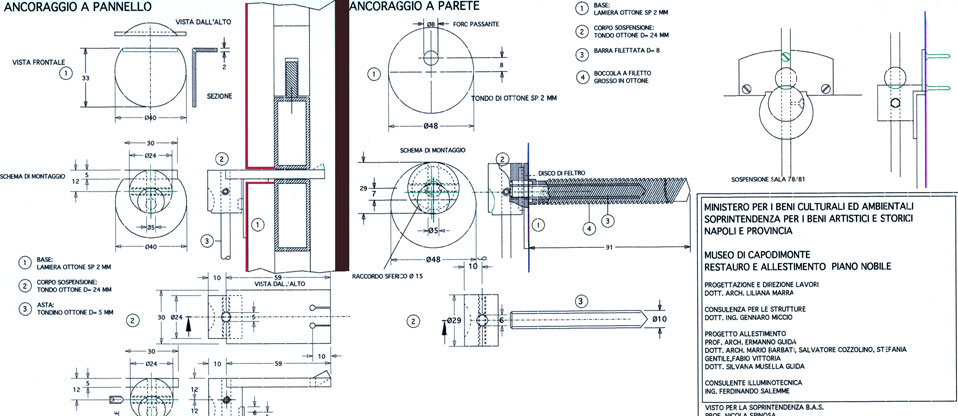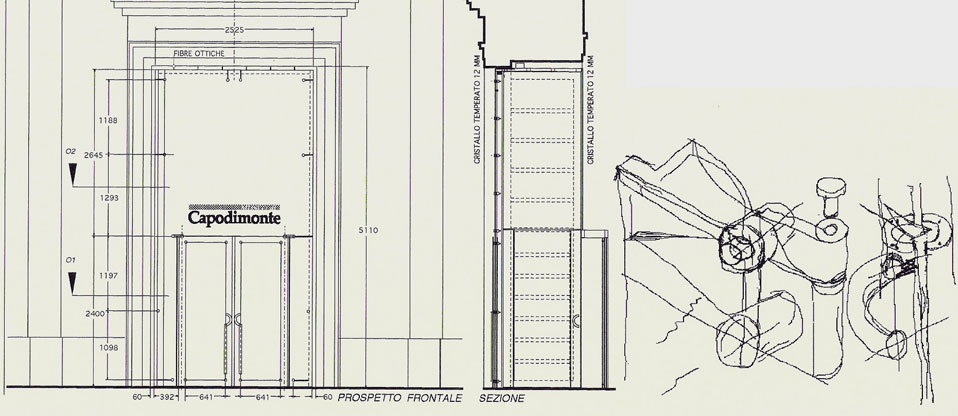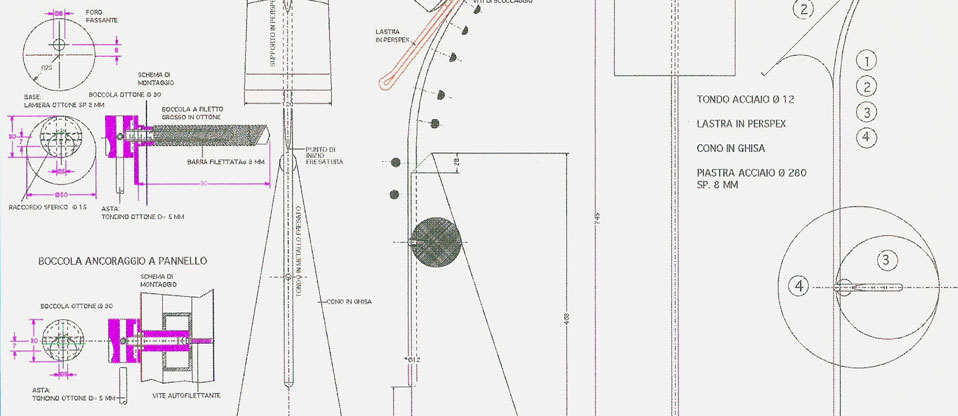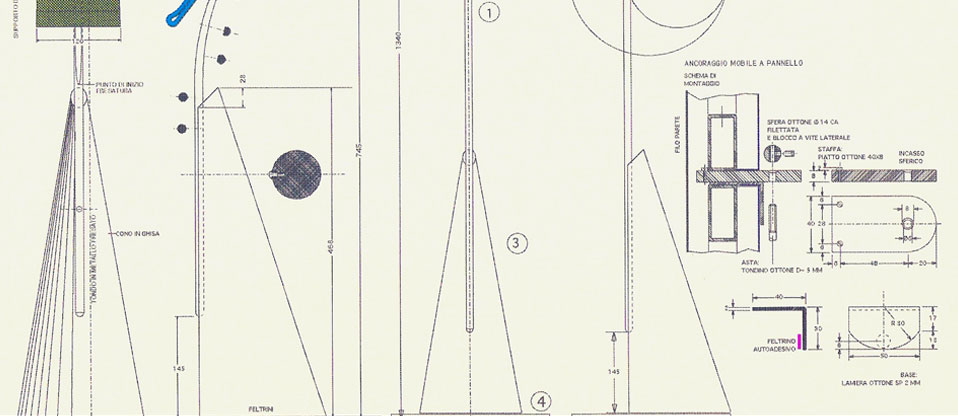Sede operativa: Via Gaetano Donizetti n. 10 80013 Casalnuovo di Napoli (Na) | tel. +39 0818420561 | fax. +390818426308 | info@officinemanganiello.it
National Museum of Capodimonte – Pinacoteca
The National Museum of Capodimonte is one of the most important museums in Naples and Italy, located in the Capodimonte Royal Palace; it houses ancient art galleries, contemporary art and historic apartments.
Officially inaugurated in 1957, the halls of the royal palace have hosted works of art since 1758, when Charles III of Bourbon King of Sicily (Charles VII of Naples, according to the papal investment) was facing the problem of providing a worthy arrangement for the works of art inherited by her mother, Elisabetta Farnese. They were part of the family collection, begun by Pope Paul III in the sixteenth century and carried on by her heirs. The museum primarily preserves paintings, widely distributed in the two main collections; namely Farnese Collection, which includes some great names of the Italian and the international paintings (such as Raffaello, Titian, Parmigianino, Bruegel the elder, El Greco, Ludovico Carracci, Guido Reni) and the one of the Neapolitan Gallery, which collects works from churches of the city and its surroundings, transferred to Capodimonte for a precautionary purpose (Simone Martini, Colantonio, Caravaggio, Ribera, Luca Giordano, Francesco Solimena). In addition, it is important the collection of contemporary art, unique in its kind in Italy [3], featuring Andy Warhol's Vesuvius.
During the seventies, a series of temporary exhibitions were hosted in the museum to make known to the public the Neapolitan art production: in addition, in 1978, Alberto Burri proposed a contemporary art exhibition, whose success motivated to create a permanent one. After the Irpinia earthquake in 1980, thanks to the numerous funding, the museum partially closed for a total restoration. In 1995, the first floor was opened, while in 1999 it completely reopened. At that time the superintendent Nicola Spinosa, assisted by Arch. Ermanno Guida who cared for the design of the work, dealt with the new layout of the works, following a historical and geographical order, also favouring the origin of the objects, integrating their history within the museum itself.
The National Museum of Capodimonte extends over the three levels of the Royal Palace and the layout of the works dates back to the last restoration work that has been held since the beginning of the eighties until 1999. On the ground floor, but also using the basement areas, there are the visitors' facilities and some teaching rooms. On the mezzanine floor, there is the Cabinet of Drawings, Prints, the private exhibitions of the 19th century, and the Mele pictorial manifesto. On the first floor, there is the Galleria Farnese, the Borgia collection, the Royal apartment, the porcelain collection, the De Ciccio collection and the Farnese and Bourbon Armoury. On the second floor there is the Neapolitan Art Gallery, the Avalos collection, the Avalos tapestry room and the section of contemporary art that also continues on the third floor where the XIX century Gallery and the photo gallery are displayed.
Project Prof. Arch. Ermanno Guida
Work Direction Arch. Liliana Marra





























